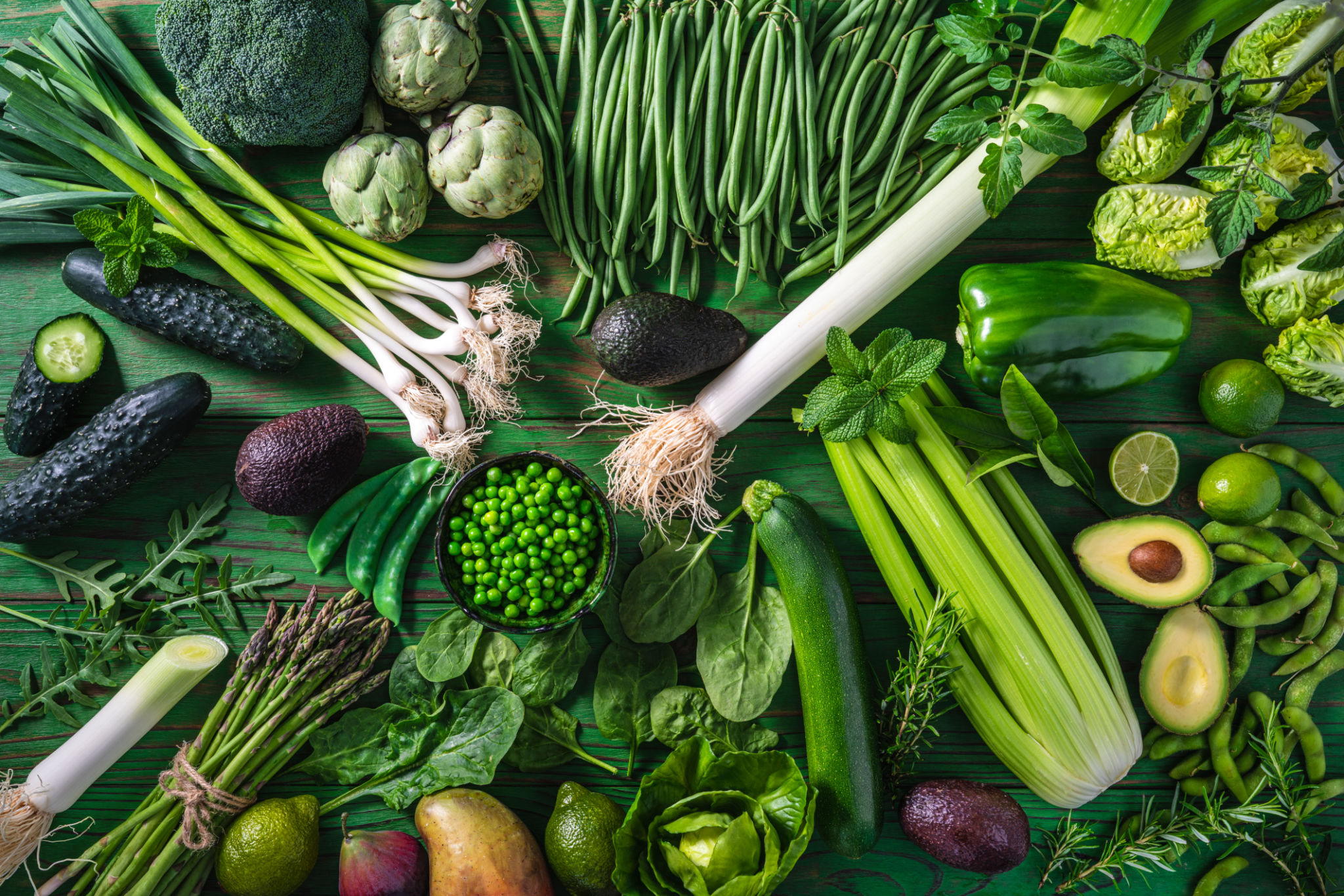Seasonal Tuscan Dishes: How to Use Local Ingredients in Your Cooking Class
Embrace the Seasons: Tuscan Culinary Delights
Tuscany, a culinary paradise, is renowned for its rustic yet flavorful dishes that celebrate local ingredients. As the seasons change, so do the ingredients available, offering a rich tapestry of flavors to explore. When hosting a cooking class, incorporating these seasonal elements not only enhances the authenticity of the experience but also educates participants on the importance of using fresh, local produce.
The beauty of Tuscan cuisine lies in its simplicity and reliance on fresh ingredients. By utilizing what's in season, you ensure that your dishes not only taste their best but are also sustainable and support local farmers. Let's dive into how you can incorporate these treasures into your cooking classes and bring a taste of Tuscany to your kitchen.

Spring Awakening: Artichokes and Peas
As spring arrives in Tuscany, the fields burst with vibrant artichokes and sweet peas. These ingredients are perfect for teaching students how to prepare classic dishes like Risotto agli Carciofi (Artichoke Risotto) or Peas and Pancetta. Highlight the delicate flavors of fresh artichokes by showing how to clean and prepare them properly, a skill every aspiring chef should master.
Peas are another springtime favorite, adding a pop of color and sweetness to any dish. Demonstrate how to create a simple yet delicious Pasta e Piselli, where peas are the star. Encourage your students to taste and adjust seasoning as they cook, emphasizing the importance of balance in Tuscan cuisine.

Summer Bounty: Tomatoes and Basil
Summer in Tuscany means an abundance of juicy tomatoes and aromatic basil. These ingredients form the backbone of many Italian dishes and are essential to any Tuscan cooking class during this season. Teach your students how to make a classic Panzanella Salad, a refreshing bread salad that perfectly showcases ripe tomatoes and fragrant basil leaves.
Another summer staple is Pasta al Pomodoro, a simple dish that relies on the quality of its ingredients. Demonstrate the art of making a fresh tomato sauce from scratch, highlighting how a few high-quality elements can come together to create something extraordinary. Encourage students to savor the freshness and vibrancy of summer produce in their creations.

Autumn Harvest: Mushrooms and Chestnuts
As the air turns crisp, Tuscany's forests offer a bounty of mushrooms and chestnuts. These earthy ingredients are perfect for hearty autumn dishes that warm the soul. Introduce your students to the world of foraging by discussing different types of mushrooms and how to incorporate them into dishes like Tagliatelle ai Funghi, a pasta dish rich with mushroom flavor.
Chestnuts, another autumn delicacy, can be used to create sweet or savory dishes. Consider teaching a recipe for Castagnaccio, a traditional chestnut flour cake, or using chestnuts in a savory stuffing for poultry. Highlight the versatility of these ingredients and inspire your students to experiment with their own autumnal creations.

Winter Comfort: Kale and Beans
Winter in Tuscany is synonymous with hearty soups and stews that provide warmth and nourishment. Kale, known locally as Cavolo Nero, is a winter staple that adds depth to soups like the famous Ribollita, a substantial vegetable soup thickened with bread. Teaching this recipe offers an opportunity to discuss the history and cultural significance of Tuscan peasant cuisine.
Beans are another winter favorite, often used in Tuscan cuisine for their protein content and rich flavor. Show your students how to prepare a classic Fagioli all'Uccelletto, a comforting dish made with cannellini beans in a tomato sauce scented with sage. These recipes highlight the ability of simple ingredients to create satisfying meals that warm both body and spirit.

Conclusion: The Joy of Seasonal Cooking
Incorporating seasonal Tuscan dishes into your cooking classes not only enriches the learning experience but also fosters an appreciation for the land and its produce. By teaching these recipes, you pass on the tradition of using fresh, local ingredients—a cornerstone of Tuscan cuisine.
Encourage your students to embrace seasonal cooking in their own kitchens, experimenting with local produce to create authentic and flavorful dishes. Through this approach, they will gain a deeper understanding of the connection between food, culture, and the natural world.
